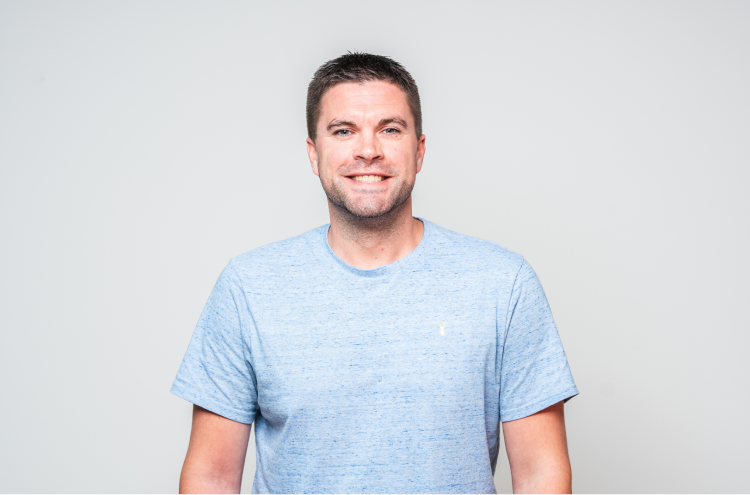What does a lead UX designer do?
A lead UX designer owns an end-to-end user experience strategy across a product or product line. They bridge the gap between design execution and product strategy, often managing or mentoring designers on the team.
Key responsibilities include leading user research, defining UX approaches, presenting to stakeholders, and ensuring the team delivers consistent, user-centred work. They play a key role in prioritisation, roadmap planning, and interface standards.
In small teams, they may lead UX company-wide. In larger setups, they guide design for key product verticals and help scale design systems and UX maturity across the business.
Key responsibilities of a lead UX designer.
Lead UX designers are responsible for overseeing experience strategy and execution across key projects or products. Their responsibilities typically include:
-
Defining UX approaches and research plans across initiatives
-
Leading design sprints, workshops, and discovery sessions
-
Coordinating designers and researchers on complex product journeys
-
Partnering with product leadership to shape roadmaps from a UX perspective
-
Setting design quality standards and reviewing deliverables
-
Ensuring UX decisions align with business outcomes and user needs
-
Integrating testing and validation into the product development cycle
-
Managing stakeholder expectations and communicating rationale clearly
-
Driving accessibility and inclusive design practices
-
Contributing to the evolution of design systems and frameworks
This role blends high-level planning with delivery oversight and team mentorship.
Skills and requirements for a lead UX designer.
Lead UX designers own user journeys and guide project-level experience strategy. Employers typically look for:
-
6–10 years of experience in UX, product, or service design
-
Proven success leading UX initiatives across teams or platforms
-
Expertise in design thinking, accessibility, and usability
-
Ability to define and document UX standards or guidelines
-
Strong skills in mapping journeys, flows, and wireframes
-
Experience mentoring team members or overseeing junior designers
-
Skilled in stakeholder engagement and cross-team collaboration
-
Ability to influence product direction with user insights
-
Familiarity with prototyping tools and research methods
Most lead UX designers act as trusted advisors to product leadership, shaping scalable, user-first design.
Average salary for a lead UX designer.
In the UK, the average salary for a lead UX designer typically ranges from £60,000 to £80,000, based on project ownership, stakeholder influence, and mentoring.
-
Mid-level leads tend to earn between £60,000 and £70,000
-
Senior leads who shape strategy, manage teams, and drive adoption of design systems can earn between £71,000 and £80,000
-
These roles may include performance bonuses or incentives linked to feature impact and user satisfaction
London-based companies and global product teams offer the highest salaries.
Career progression for a lead UX designer.
A lead UX designer sets the direction of user experience across product lines. It’s a pivotal step into leadership and strategic ownership. Typical progression looks like:
UX designer
Delivers experiences aligned to user needs and platform standards.
Senior UX designer
Leads feature design, conducts testing, and mentors others.
Lead UX designer
Shapes design process, owns systems, and drives experience consistency.
Head of UX
Leads the overall function. Aligns UX with product, engineering, and business goals.
Director of UX / customer experience
Owns long-term vision. Collaborates at leadership level to improve outcomes across journeys.
Oracle Cloud Solutions Architect
Oracle Cloud Solutions Architect
Oracle Cloud Solutions Architect
Oracle Cloud Solutions Architect
salary guide
2026 UK UX design salary guide.
Thinking about your progression as a lead UX designer? With responsibility for guiding projects and teams, it is important to know how salaries are evolving at this level.
Our 2026 UK UX design salary guide highlights the benchmarks for lead UX designer positions across the UK. With year-on-year comparisons and projections for 2027, it gives you the insights to assess your value in the market.

FAQS
Lead UX designer FAQs.
Lead UX designers guide UX execution across product areas — setting design direction, unblocking team members, and advocating for the user at a strategic level. They often act as a bridge between design, product, and engineering.
Consistent delivery of successful design outcomes, strong stakeholder rapport, and the ability to influence product vision. Experience mentoring or leading discovery work is key.
Design roadmaps, UX strategy documentation, feature flows, journey maps, and high-fidelity prototypes. They’re also involved in testing design hypotheses and facilitating cross-team workshops.
Yes — they often report to the head of UX or design director. In smaller companies, they may be the most senior designer and shape the function themselves.







